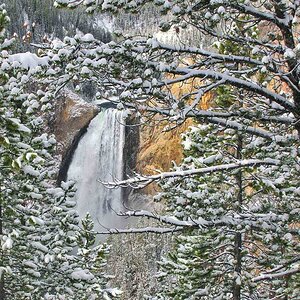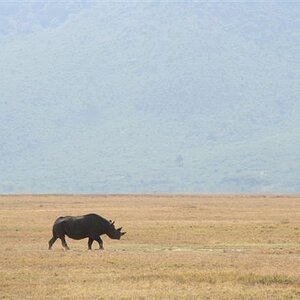Amin87
TPF Noob!
- Joined
- Jan 6, 2015
- Messages
- 3
- Reaction score
- 0
- Can others edit my Photos
- Photos OK to edit
Hey everyone
Glad I found this site.
I recently took up photography as a hobby (as i am 27 and still havent found what im passionate about in life yet) so thought I'd try a different hobby every 2 months and see what sticks. I have a lot more appreciation for photography now that I looked deeper into it.
I signed up for a diploma course in photography and i am hoping this forum would give me an upper hand in completing the course and more importantly getting a lot better in photography!
I am having a bit of difficulty as a complete beginner! I barely know any terminology/slang photographers use (obviously found this sticky thread to be very helpful Camera Terms and Acronyms for Dummies | Photography Forum thanks to Jaszek and others who contributed for putting it together)
However i am still a newb in using these terms, The problem i am facing right now is getting the right exposure in a shot that involves various levels of light. For example taking a photo of my dark skinned friend under a halogon light. The shot either comes out over exposed or under exposed regardless of how many times i try to play around with the apreture/shutter speed or even ISO. I am wondering if there is a way to achieve a perfectly exposed photo in these scenarios? Another example is aiming the camera directly at a ceiling light at home and taking a photo. It is either over exposed (almost all white) or under exposed (dark surrounding just the light can be seen)
I read about HDR and gave it ago using Automatic Exposure Bracketing but the output came out really bad (could be the free software I used Luminance HDR) or the fact that I didnt have a tripod to keep the camera very still during the three shots).
I know this is probably child's talk for you but i am very very new and would appreciate any help!
Many Thanks
Glad I found this site.
I recently took up photography as a hobby (as i am 27 and still havent found what im passionate about in life yet) so thought I'd try a different hobby every 2 months and see what sticks. I have a lot more appreciation for photography now that I looked deeper into it.
I signed up for a diploma course in photography and i am hoping this forum would give me an upper hand in completing the course and more importantly getting a lot better in photography!
I am having a bit of difficulty as a complete beginner! I barely know any terminology/slang photographers use (obviously found this sticky thread to be very helpful Camera Terms and Acronyms for Dummies | Photography Forum thanks to Jaszek and others who contributed for putting it together)
However i am still a newb in using these terms, The problem i am facing right now is getting the right exposure in a shot that involves various levels of light. For example taking a photo of my dark skinned friend under a halogon light. The shot either comes out over exposed or under exposed regardless of how many times i try to play around with the apreture/shutter speed or even ISO. I am wondering if there is a way to achieve a perfectly exposed photo in these scenarios? Another example is aiming the camera directly at a ceiling light at home and taking a photo. It is either over exposed (almost all white) or under exposed (dark surrounding just the light can be seen)
I read about HDR and gave it ago using Automatic Exposure Bracketing but the output came out really bad (could be the free software I used Luminance HDR) or the fact that I didnt have a tripod to keep the camera very still during the three shots).
I know this is probably child's talk for you but i am very very new and would appreciate any help!
Many Thanks


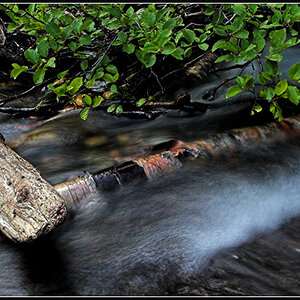
![[No title]](/data/xfmg/thumbnail/33/33846-dc3d508d5436a047770e1d5c2cbdd593.jpg?1619736165)
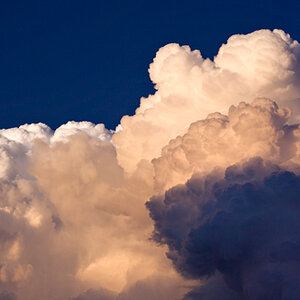
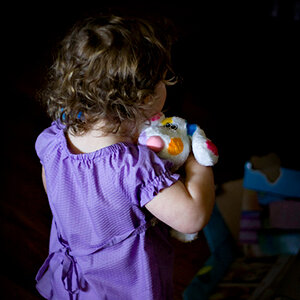

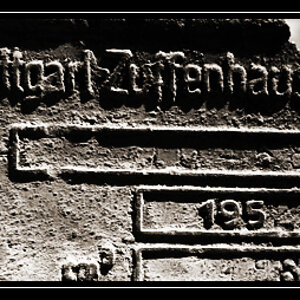

![[No title]](/data/xfmg/thumbnail/33/33847-620ea3a471c8ec2ae89451f9ee9dcb84.jpg?1619736166)
